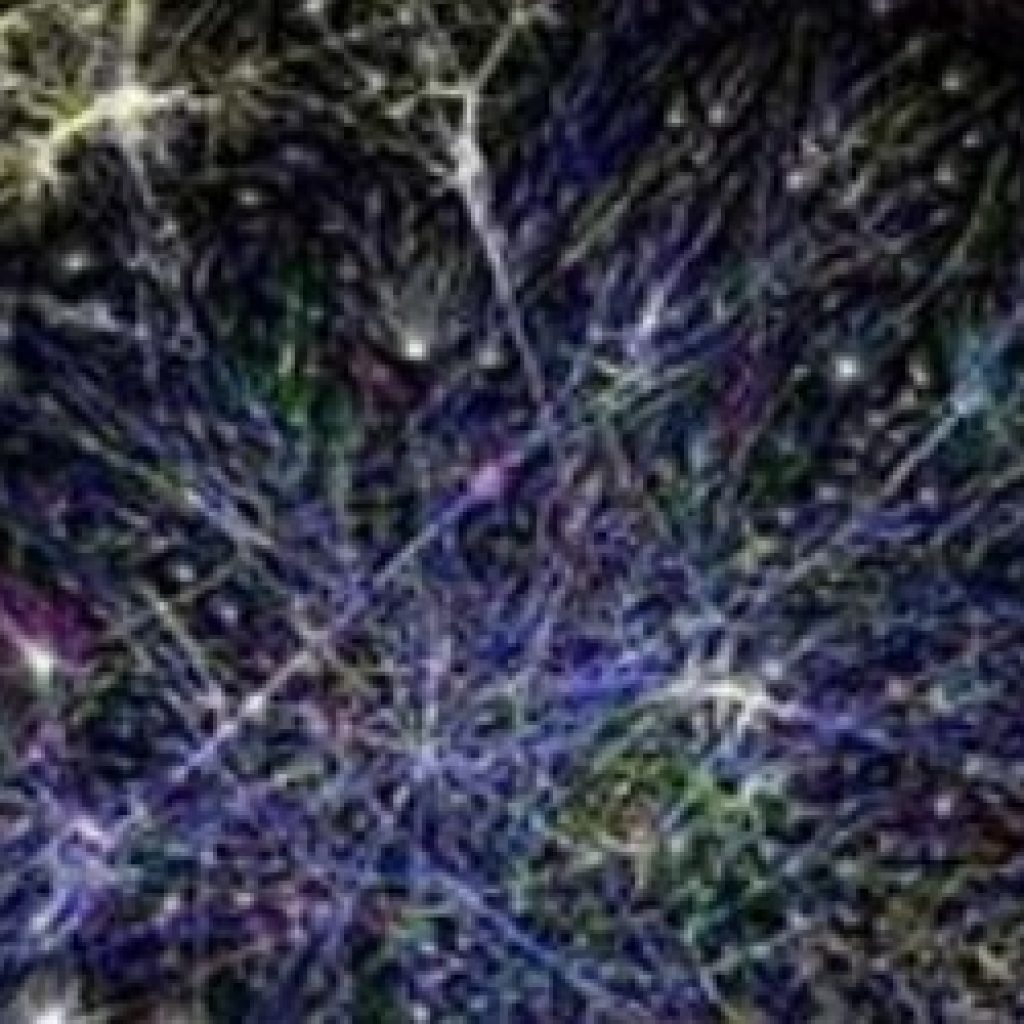(PhysicsWorld) Two independent research groups — one at the Institute of Photonic Sciences (ICFO) in Spain and the other at the University of Science and Technology of China (USTC) – have shown how quantum memories (QM) offer a path towards practical quantum repeaters. Their work could prove to be an important step towards the creation of a scalable quantum internet.
The backbone of such a quantum network would be quantum-mechanically entangled links between different network points, called nodes. However, creating entangled links over long distances at high data rates remains a challenge. A big problem is that quantum information becomes degraded as it is transmitted, and the rules of quantum mechanics do not allow signals to be amplified by conventional repeater nodes. The solution could be quantum repeaters, which can amplify quantum signals while still obeying quantum physics.
Both teams’ approaches use photon-pair sources, where one photon is stored in the QM and the other is used as a signal to herald (or confirm) the entanglement.
The ICFO system uses a QM that stores photons in millions of atoms all randomly placed inside a rare-earth doped crystal. The team uses a set of photons at different wavelengths.
In China, the USTC team used QMs based on rare-earth-ion-doped crystals. The team built an elementary link with an intermediate station and two nodes at the ends.
“Important achievement”
Ronald Hanson at Delft University of Technology in the Netherlands is positive about both teams’ achievements: “These results can be considered an important achievement in the specific context of building quantum repeaters, towards improved transmission of quantum communication over long distances. For solid-state ensemble-based memories, these push the state of the art significantly. Most important is the combination of operation at telecom wavelengths, heralding signals of entanglement and multiplexing ability. Improved performance of the memories in the future will enable full heralding as required for scaling towards useful quantum repeater systems.”
